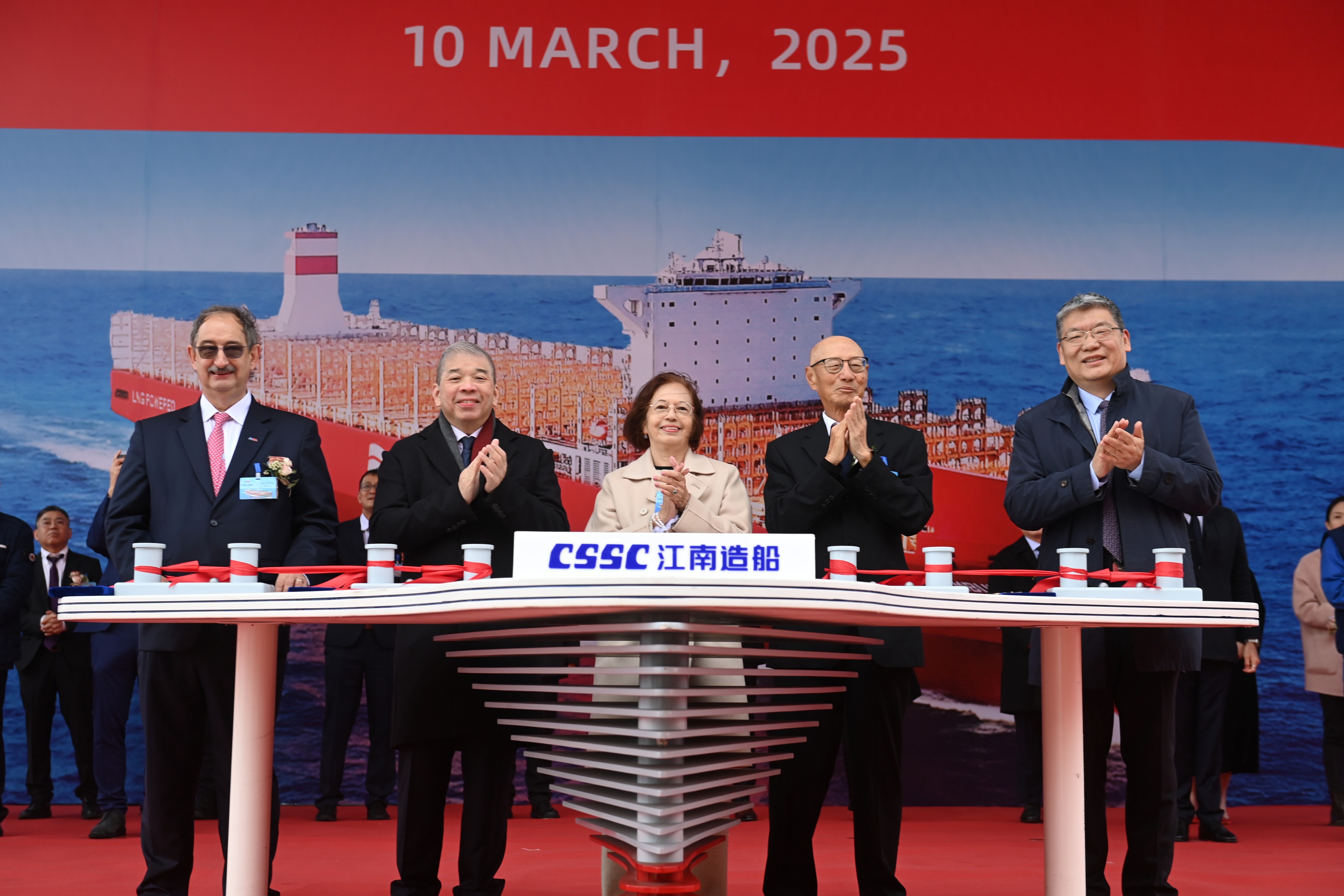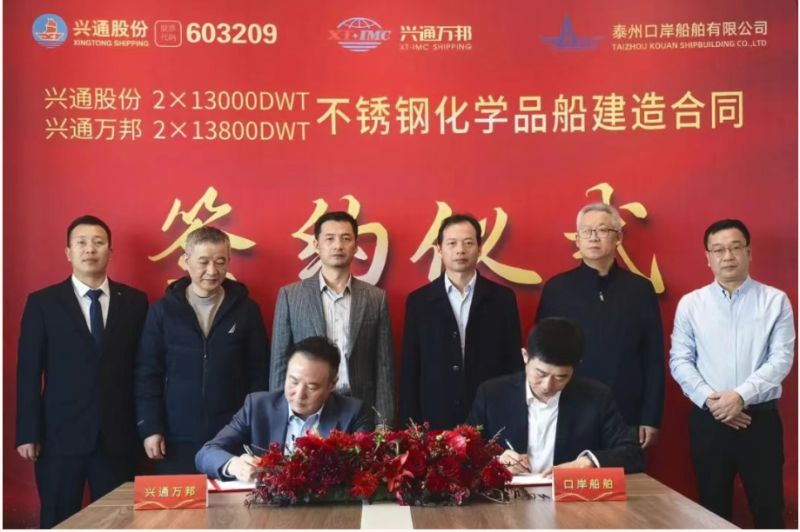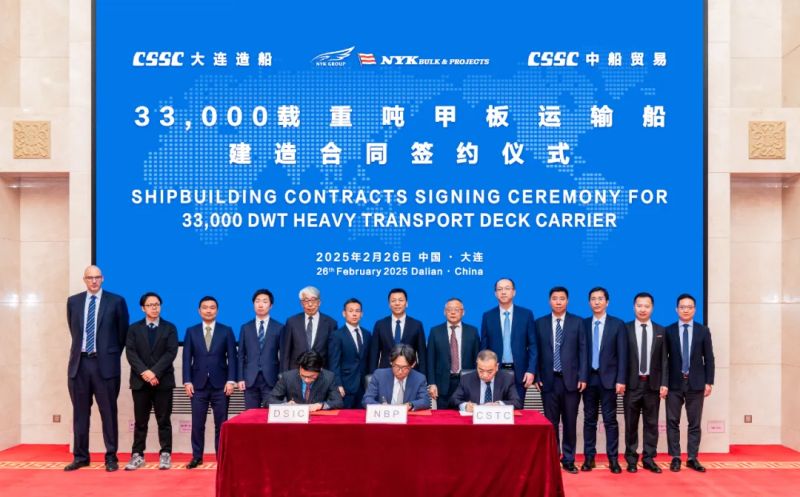
It may be a bit of an oversimplification, but in the current situation of the global coronavirus pandemic the world of commodities is effectively split between China and the rest.
Nowhere is this more clearly illustrated than in the results of top global miners BHP Group and Rio Tinto.
BHP, the world’s biggest miner with a broad portfolio of quality assets, missed analysts’ estimates in reporting a 4% drop in annual profits on Aug. 18.
BHP reported underlying profit attributable from continuing operations for the year ended June 30 of $9.06 billion – below estimates of $9.42 billion, according to Refinitiv IBES data.
“With the exception of China, the world’s major economies will contract during the 2020 calendar year as a result of the COVID-19 pandemic,” Chief Executive Mike Henry said in a statement.
Looking at the details of BHP’s results shows that the standout performer was iron ore, providing 64% of the earnings before interest, taxes, depreciation and amortization (EBITDA) for the world’s third-largest producer of the steel-making ingredient.
China buys more than two-thirds of the global seaborne trade in iron ore, making it the major commodity most exposed to the Chinese economy.
It’s also worth noting that BHP’s return on capital employed was 56% for iron ore, but only 12% for metallurgical coal, 7% for copper and 6% for petroleum.
While China has been boosting imports of most major commodities as its economy recovers from the coronavirus shutdowns of the first quarter, it’s iron ore that has been the biggest beneficiary.
Spot 62% iron ore for delivery to north China, as assessed by commodity price reporting agency Argus, rose to a 6 1/2-year high of $128.20 a tonne on Wednesday. It is now up 62% from its low so far this year of $79.60 on March 23, and 41% from the end of last year.
This makes iron ore the best performing major commodity, leaving behind even the market darling gold, which had gained 27% from the end of last year to its close of $1,929.54 an ounce on Wednesday.
It’s therefore little surprise that Rio Tinto, which is poised to overtake Brazil’s Vale as the world’s top iron ore miner, performed so strongly it its first-half results, announced on July 29.
The Anglo-Australian miner reported underlying half-year earnings of $4.75 billion, beating the analysts’ consensus forecast of $4.36 billion.
Unsurprisingly, Chief Executive Jean-Sébastien Jacques was talking up China’s V-shaped economic recovery.
“We believe that China has enjoyed a very steep V-shaped recovery. Today we see it as that the demand for steel and iron ore in China is very, very strong and order books are full,” Jacques said.
EGGS IN ONE BASKET
The risk for Rio is that it becomes a one-trick pony, as iron ore accounted for 96% of its underlying earnings in the first half.
Rio is also a major producer of copper, aluminium, diamonds and uranium, but in the current environment, these assets may as well not be there, at least from a profit-contributing perspective.
Rio’s return on capital employed was 64% for iron ore, 3% for aluminium, 1% on copper and diamonds and 10% for what it calls its energy and minerals, which includes uranium, iron ore pellets and borates.
However, while it’s clear that Rio is heavily dependent on iron ore, this will likely work in its favour for as long as China’s economy is surging, while the rest of the world is still battling to control the pandemic.
Rio’s first half average price for iron ore was $85.10 a tonne, and the company said that for every 10% change in prices, it would gain, or lose, $1.892 billion.
Given that the spot iron ore price has been above $100 a tonne since July 3, Rio stands to rake in billions more in the second half, even if the price doesn’t hold around current levels and eases somewhat as more supply from Brazil returns to the market.
For BHP the outlook is trickier. BHP’s more diversified portfolio should stand it in good stead if the rest of the global economy performs better in 2021, based on the assumption that the coronavirus can be contained, or neutralised by a vaccine.
Disclosure: At the time of publication Clyde Russell owned shares in Rio Tinto and BHP Group as an investor in a fund.
Source:Reuters
The opinions expressed herein are the author's and not necessarily those of The Xinde Marine News.
Please Contact Us at:
media@xindemarine.com


 World’s Largest Pulp Carrier Delivered 213 Days
World’s Largest Pulp Carrier Delivered 213 Days  Danelec Expands High-Frequency Data Installed-Base
Danelec Expands High-Frequency Data Installed-Base  World’s Largest LNG Dual-Fuel Container Ship Triu
World’s Largest LNG Dual-Fuel Container Ship Triu  PIL advances fleet renewal with the naming of its f
PIL advances fleet renewal with the naming of its f  Xing Tong Shipping Orders four 13,000 DWT stainless
Xing Tong Shipping Orders four 13,000 DWT stainless  Breaking New Ground in Maritime Excellence: DSIC &a
Breaking New Ground in Maritime Excellence: DSIC &a